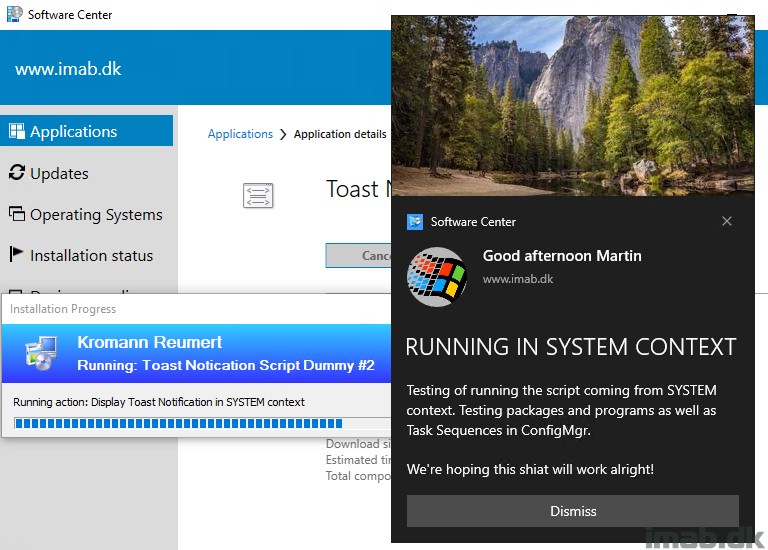Introduction
My Toast Notification Script unfortunately only works in PowerShell Full Language Mode (for the time being. I have plans to look into this).
This requirement does not work well with AppLocker and having Constrained Language Mode enabled. My solution to this, is to digitally sign the New-ToastNotification.ps1 file. While working my way through the process myself, I realized that a few changes to the Toast Notification Script itself was needed.
The changes made to this “edition” of the script, are only targeted Configuration Manager. I’m not sure that moving between PowerShell Language Modes coming from Proactive Remediations in Intune, is something that’s possible (if anyone knows this, please let me know).
Additionally to the changes needed, I thought the process itself would make a decent and useful blog post. So here goes. 🙂









